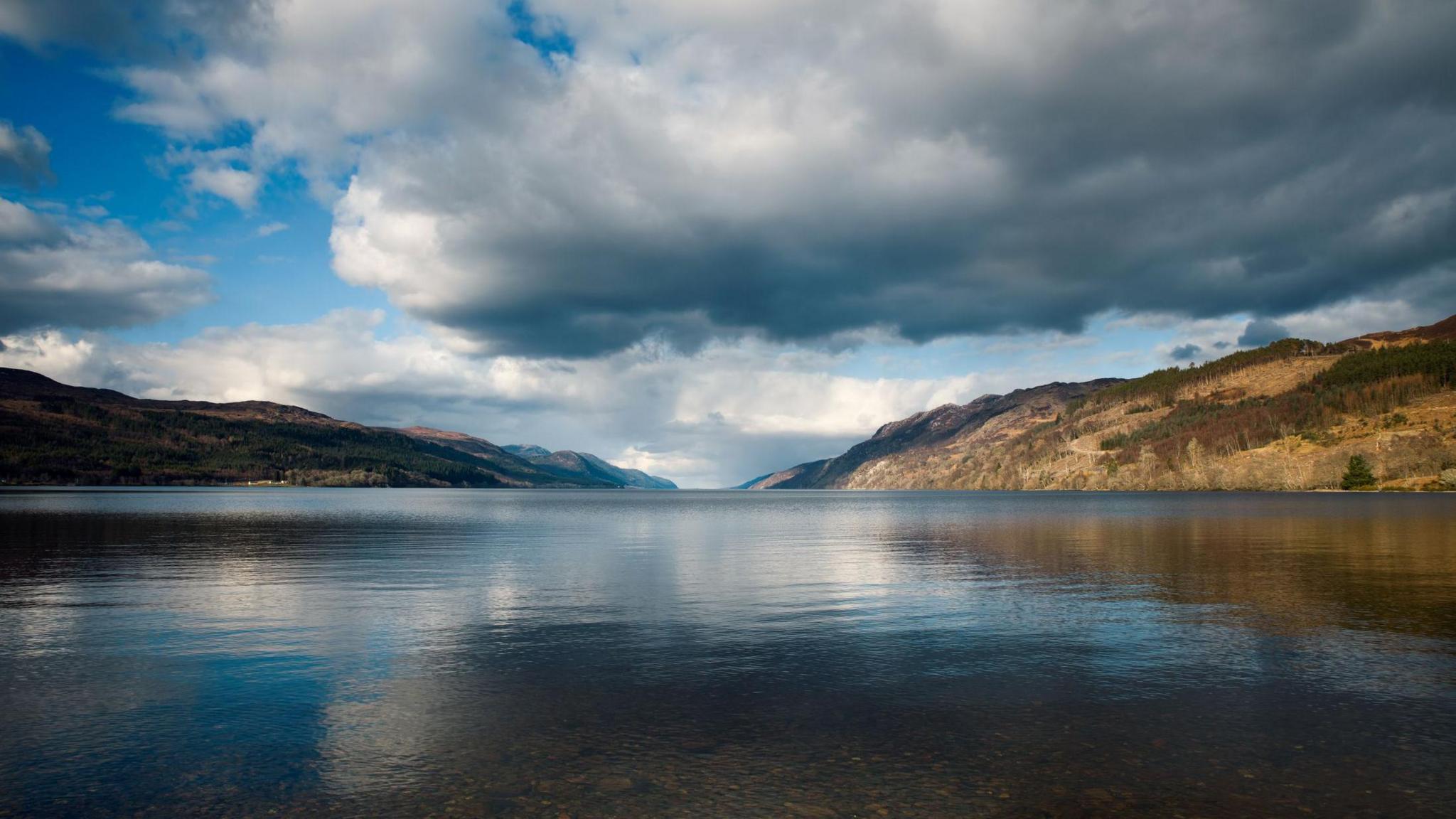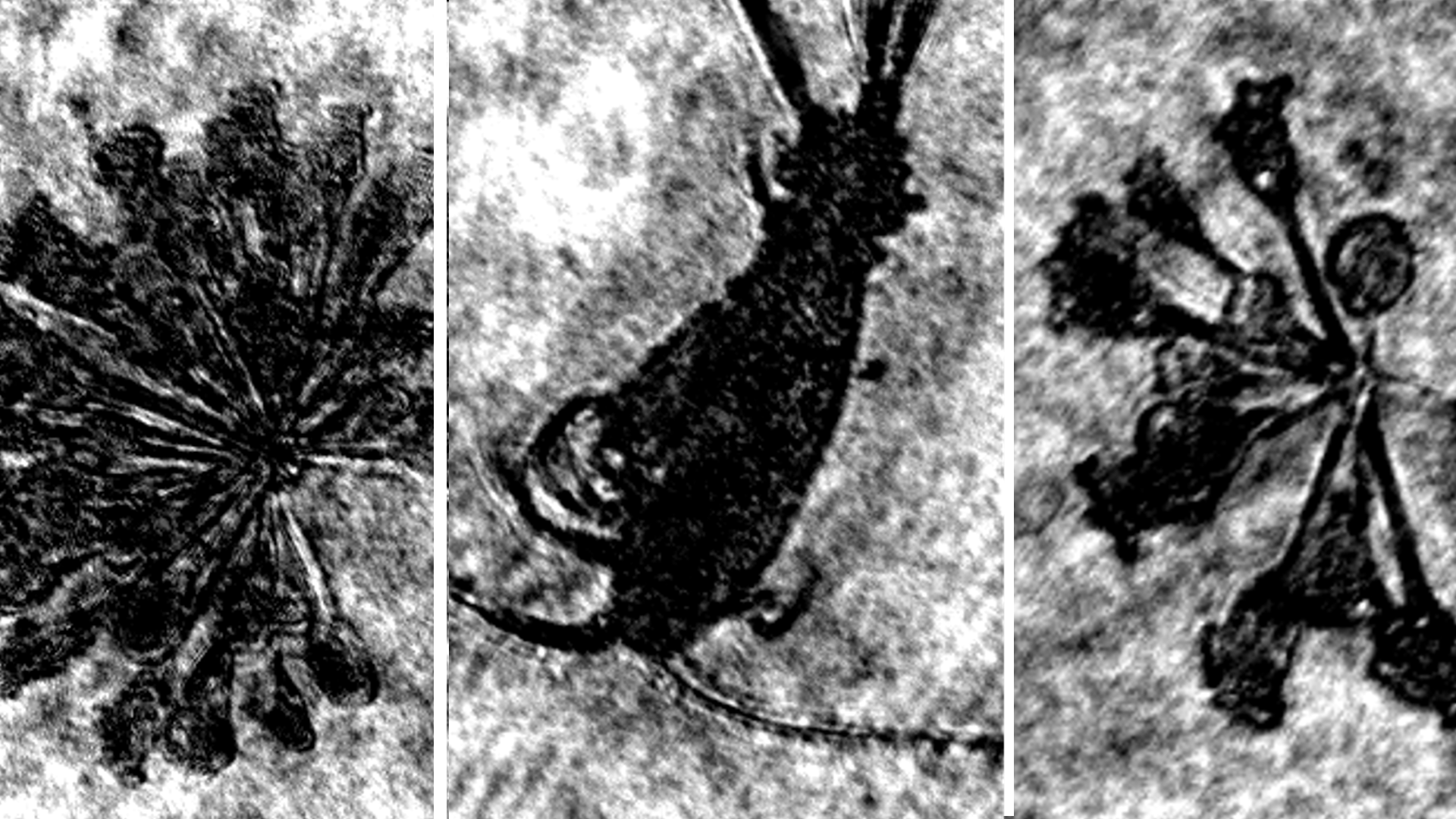'Micro-monsters' of Loch Ness revealed by special camera

Experts hope to find out more about the ecosystem of Loch Ness
- Published
Researchers are using advanced tools to better understand Scotland's most famous loch.
The Loch Ness Centre and experts from the University of Aberdeen worked together on the new project.
Using a special holographic camera, nicknamed 'weeHoloCam', they explored the depths of Loch Ness to reveal the microorganisms within.
The camera can produce several thousand digital holographic images of microscopic marine organisms in one dive and then uses AI to classify the images.
Loch Ness is one of the most famous lakes in the UK because of the ongoing mystery of a rumoured monster in the loch.
- Published26 August 2023
- Published8 June 2023
- Published3 June 2019
On its first Loch Ness dive the camera produced images of what looked like "micro-monsters" but are in fact plankton particles.
Thangavel Thevar, from the University of Aberdeen, said: "This was a unique opportunity for us to deploy the weeHoloCam into fresh water, as it has previously only been used in ocean salt water.
"We lowered the camera to around 200 metres and were able to see lots of interesting particles which, by working with biologists, should be able to give us more information about the biodiversity of Loch Ness."

The images captured which look like ‘micro-monsters’ but are in fact plankton particles!
Nagina Ishaq, general manager of the Loch Ness Centre, said:
"It has been really exciting having the team here and we look forward to working with them further as they study Loch Ness on a microbial level to see what can be learned."
Tales of a Loch Ness monster go as far back as the year 565, but modern sightings began in 1933 when a hotel manager reported seeing a whale-like creature in the loch.
This year marks 90 years since adventurer Sir Edward Mountain organised the first search of 'Nessie' with twenty people becoming 'watchers' for the monster.
